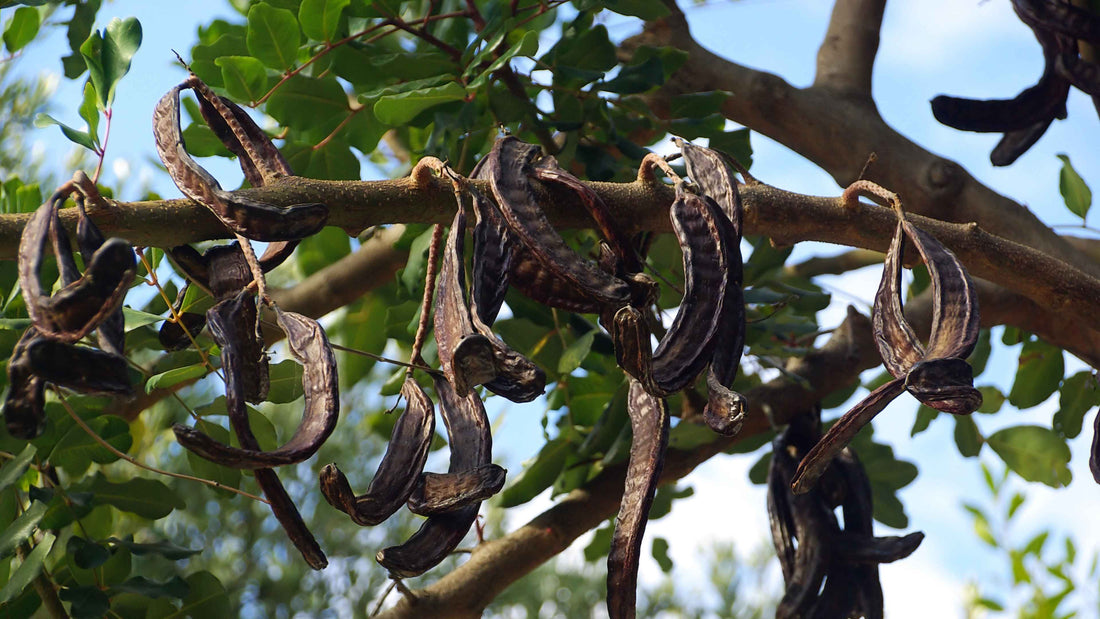The carob tree has its origins in the eastern Mediterranean region and it is nowadays growing in similar climates, especially in areas where citrus trees would grow. The most prominent countries in carob production are Portugal, Italy, Morocco, Turkey, Greece and Cyprus. Even though for a while the carob tree seems to have been forgotten, in the last decades people have turned to it for its health benefits and chocolate-like taste.
In ancient times the carob was very popular, especially for one reason – but it is not what you would think. Before weighing devices were invented, merchants used the carob seeds to weigh diamonds and gold. Why? Because the carob seeds are almost identical in weight and size, offering thus the perfect “instrument” for their purpose. The word “carat”, in fact, comes from the Greek work “keration” which means carob seed.
Three particularities of the carob tree which might surprise you
• The carob tree is an evergreen. Moreover, it can live up to 200 years, being productive for a period between 80 and 100 years. It can withstand dry climates and infertile soils.
• People are still using the old-fashioned harvesting method – there are of course farms that use machines to harvest the carob fruit, but a lot of farmers still employ long wooden sticks or bamboo poles and knock the branches until the pods fall and are collected on nets.
• Every part of the carob tree can be used – the fruit, the seeds, the flowers, the wood. The tree itself can be used as an ornament in landscaping or for timber. The flowers give the delicious carob honey. The endosperm extracted from the seeds produces a natural food additive. The pod, which is the fruit of the carob tree, can even be eaten as it is, fresh or dry.


